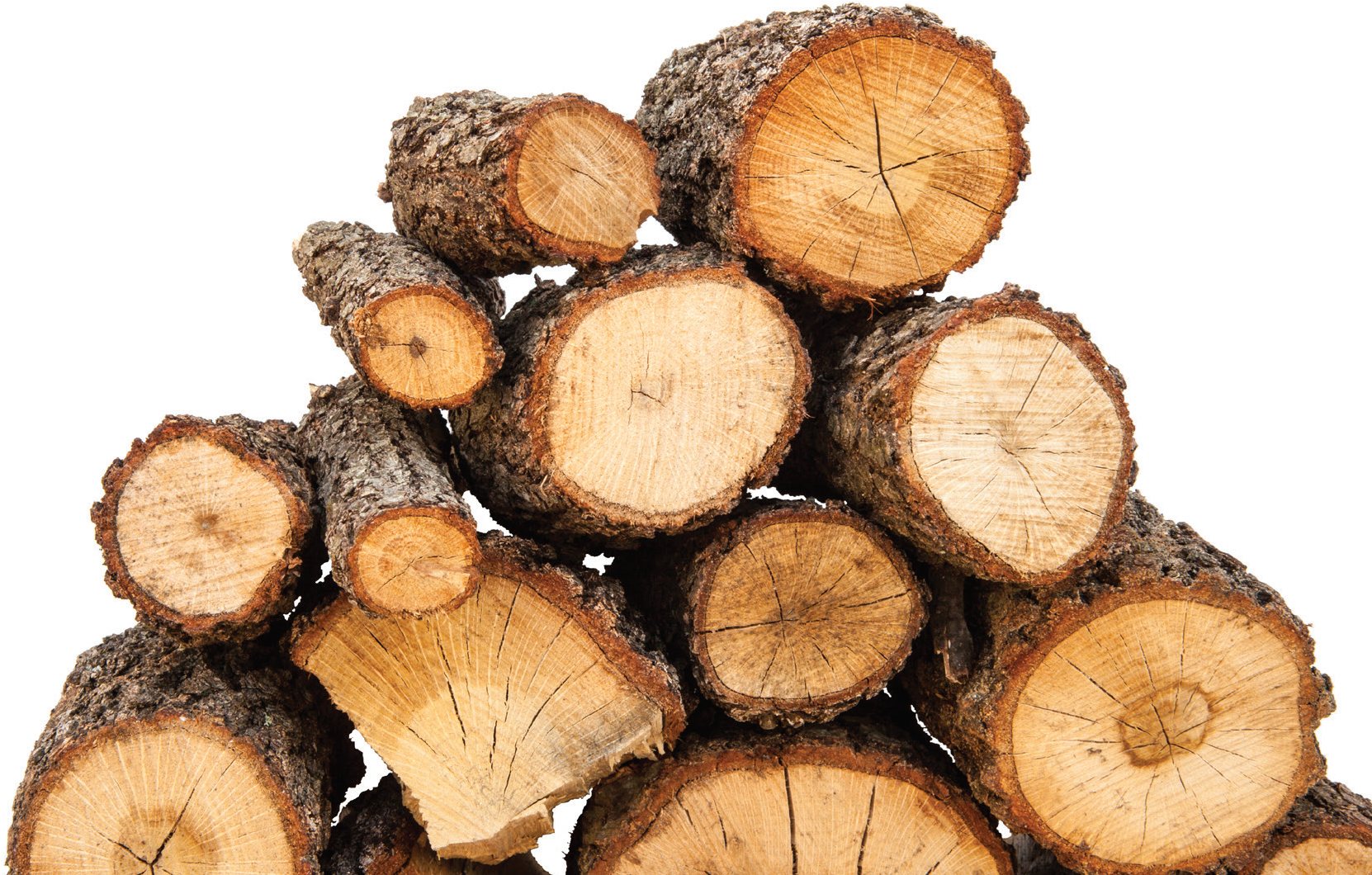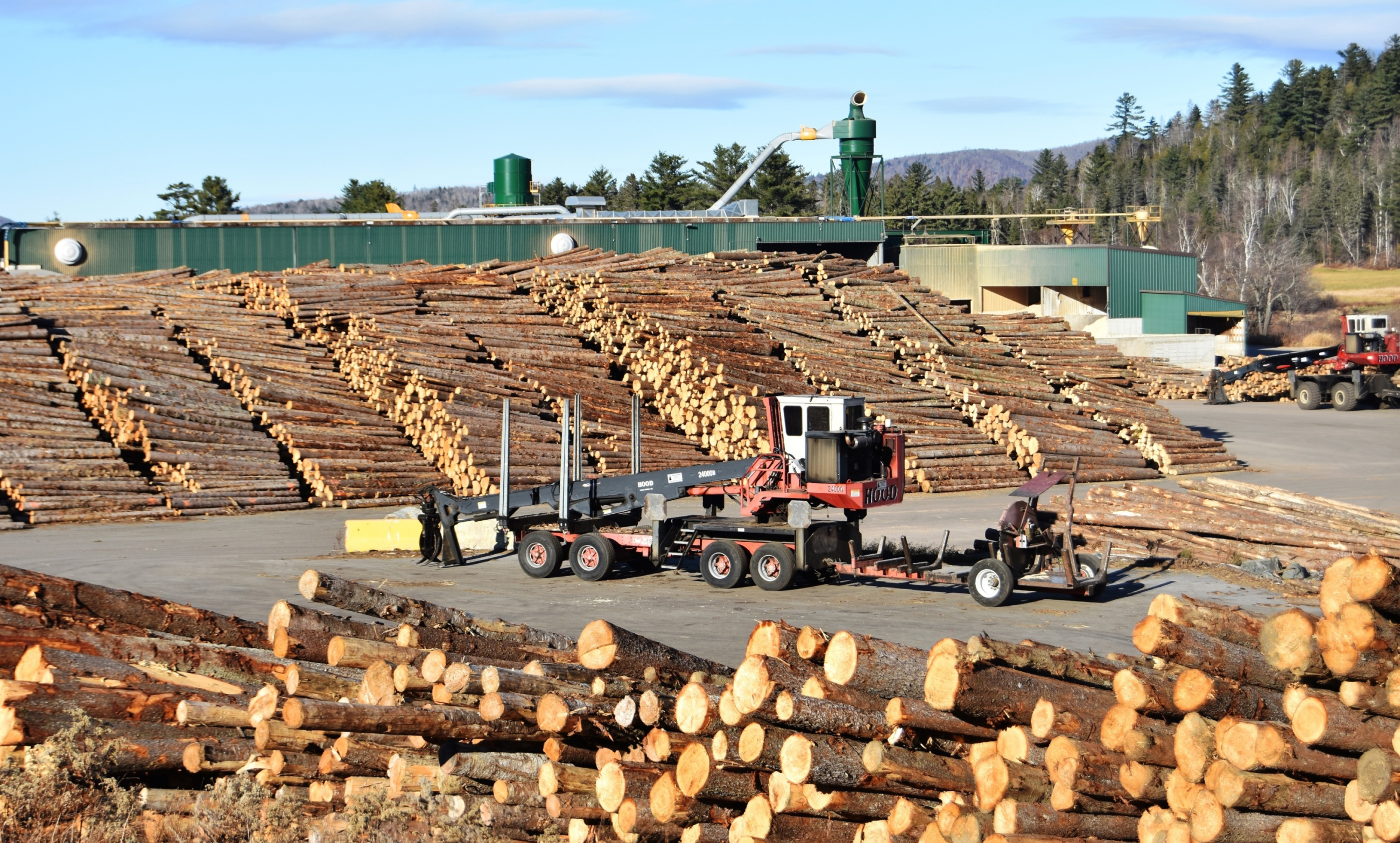Coos County officials say owner of 146,000-acre forest once controlled by the state is not abiding by management plan to harvest timber

Pittsburg, the biggest incorporated town in New Hampshire and New England, is working through what may be one of the most significant challenges since it declared independence from both Britain and the United States almost 200 years ago.
Tired of being taxed by both countries, which claimed ownership over the area, residents of the 291-square-mile community declared their independence from Britain and the U.S. on July 9, 1832, forming what was then known as the Indian Stream Republic.
Three years later, the republic relinquished its independence and became a part of New Hampshire.
Since
then, Pittsburg’s economy has relied on timber harvesting and more
recently, it has also become a mecca for outdoor recreational
activities, such as snowmobiling and ATV riding.
Those
revenue sources, according to the Coos County Commission, are
threatened by what may happen to the Connecticut Lakes Headwaters
Working Forest. Once again, Pittsburg is battling outside forces for
control of its destiny, this time a North Carolina company selling
California carbon credits.
Located
mostly in Pittsburg but also in Clarksville and Stewartstown, the
forest measures 145,872 acres. Until 2014, it was owned by the state of
New Hampshire, which through the departments of Natural and Cultural
Resources (DNCR) and Fish and Game, had jurisdictional and oversight
authority over it in the form of a 10-year land management plan.
When
the state sold the forest a decade ago to the Forestland Group, which
later evolved into Aurora Sustainable Lands, it did so with the
provision that the land management plan would continue to honor a
conservation easement that the state bought in the forest for
“traditional” uses such as timbering and recreation.
Aurora,
through the California Air Resource Board’s Cap-and-Trade Program, is
selling carbon credits to a company in that state whose emissions, in
theory, are being sequestered in the Connecticut Lakes Headwaters
Forest.
While not
objecting to Aurora’s underlying business model or its right to do what
it wants with the forest, the Coos County Commission has charged that
Aurora is violating the existing land-management plan, which is in
effect until 2032.
Additionally,
the commission pointed out that this past January, the DNCR rejected an
amended plan submitted by Aurora. In an Oct. 4 letter to DNCR
Commissioner Sarah Stewart, the three-member Coos County Commission
urged her to also reject Aurora’s amended plan for the forest.
“There’s
no deadline” for Stewart to issue a decision on Aurora’s amended plan, a
spokesperson for Stewart said in an Oct. 28 email.
Blake
Stansell, the president and COO of Aurora Sustainable Lands, issued a
statement about the plan in a Nov. 21 email provided by Montagne Powers
public relations of Manchester.

The
owners of Milan Lumber, located a couple of miles north of Berlin, say
costs have increased while employees’ work weeks have decreased since
Aurora Sustainable Lands purchased the Connecticut Lakes Headwaters
Working Forest and lowered the amount of timber harvested there. (Photo by John Koziol)
“We
appreciate both the opportunity the public had to give their input on
the Stewardship Plan, and the chance to work cooperatively with the New
Hampshire Division of Natural and Cultural Resources and the Department
of Justice on this plan,” Stansell said. “We also respect the diligence
the state has put in to reviewing the plan and public comment.”
As
a company “takes great pride in the highest business standards,”
Stansell said, Aurora is committed “to following the spirit and letter
of the conservation easement, and we look forward to further
collaboration with stakeholders that will support the many uses of the
CT Lakes Headwaters Working Forest.”
In
response to Stansell’s remarks, Coos County Administrator Mark Brady in
a Nov. 22 email reiterated what he said were the two issues raised in
the Coos County Commission’s Oct. 4 letter to Stewart.
“First,
there is the issue of Aurora being in breach of the current stewardship
plan by their refusal not to harvest which is evident in the drastic
reduction of harvest volumes; they have fallen off a cliff,” Brady
wrote.
“Secondly,
there is the negotiation of a new stewardship plan. The County
Commissioners and the (Coos County Delegation which is made up of the
county’s representatives in the New Hampshire Legislature) are unified
on this,” Brady said, and “want the State to deal with immediate issue
of the lack of cutting which is decimating the local industry.”
A
new Stewardship plan, said Brady, “Should not be negotiated until this
has been rectified. Make no mistake that Coos County and its business
have been damaged by this situation which is getting worse, and the
State has a duty to protect its citizens, not a multibillion outside
investment fund.”
In a
section on the Coos County website called “Axe the attack on working
forests and recreation tourism,” an article points out that the preamble
to the forest conversation easement is clear about its intent.
The
forest, the preamble said, is the “single most important land resource
for the tourism and recreational economy of Pittsburg, Coos County … a
community that is dependent on tourism and outdoor recreation for more
than half of its economic activity, and the Property is a significant
resource for the tourism and recreational economy for the State and
region.”
The
Coos County Commission asserts that “Aurora’s ‘carbon-first’ management
approach cannot maintain a balanced ecosystem for the region’s timber
and tourism industry sustainability, wildlife habitat diversity, or
properly execute the $30 million taxpayer conservation easement to
protect the land as a working forest, recreation and open space.”
The
County Commission said Aurora knew about the terms and conditions of
the conservation easement before buying the forest, adding that, “As of
today, Aurora is not cutting or in compliance with its present agreement
with the State about maintaining historic harvest levels, nor does it
appear they intend to do so willingly.”
The
County Commission said the Forest had been harvested at an annual
average rate of 40,000 cords before the forest was registered with the
California Air and Resource Board carbon offset program, but that
number has since fallen to under 20,000 cords, “because Aurora does not
want to operate a productive working forest.”
At
the Sept. 12 meeting of the Connecticut Lakes Headwaters Citizens
Committee in Pittsburg, business owners unsuccessfully sought to
persuade DNCR and Fish and Game to allow access onto ATV trails in the
forest through the Columbus Day weekend, citing a poor-weather summer
that kept customers away.
Tyler
Ray, an outdoor recreation attorney, advocate and entrepreneur based in
North Conway, said, “allowing conservation easements to be willfully
ignored sets a dangerous precedent and jeopardizes the timber economy,
recreation opportunities and local culture the easement was designed to
protect.
“The state
has a duty to uphold both the letter and the spirit of this easement,
ensuring its original intent and lasting benefits for future generations
— otherwise, what is the point of these protections in the first
place?”
During
an Oct. 4 Headwaters Citizens Committee hearing on the amended Aurora
management plan, which was also held in Pittsburg and simulcast live,
attendees repeated their concerns about what Aurora was doing, or not
doing. Among them was Richard Roy, the log buyer for the Milan Lumber
Company.
The Milan
Lumber Company, its website says, is “a family-owned and -operated
softwood dimension mill, with an annual production of 70 million board
feet.”
The mill,
located in nearby Milan, employs 55 people and bills itself as “the
largest softwood dimension mill in the State, known for producing
high-quality Spruce dimension lumber for customers across the eastern
United States and Canada.”
The mill said it “loads/unloads over 2,000 lumber trucks, 6,900 log trucks and 4,400 byproduct trucks annually.”
Roy
told the Headwaters Citizens Committee that, before Aurora bought the
Connecticut Lakes Headwaters Working Forest, 20% of the logs from the
forest ended up at Milan Lumber, but “those logs aren’t flowing to us
anymore” and the company has to go to New York State for material.
The
loss of the logs from the forest, he added, has meant that Milan Lumber
has had to scale back operations from five to four days a week, which
is a loss of 50 days of pay per employee.
And, he said, “The people in the woods are looking for other jobs.”
State
Rep. Arnold Davis, R-Berlin, said the wood industry creates some 8,000
jobs in New Hampshire and generates about $1.4 billion in annual
revenues.
“This is not a
landowner-rights issue,” he said, wondering aloud whether “we can
recover” from the loss of jobs and income that results from Aurora’s
management plan.
Ray
Gorman, who is vice chair of the Coos County Commission, told the
Headwaters Citizens Committee on Oct. 4 that the forest industry is made
up of more than just the people who cut the wood and those who
transport it. For every direct job there are, on average, 3.3 ancillary
jobs, he said.
“This
forest is a healthy forest. It’s growing very well,” he said, and it
should be harvested at between 50,000 and 60,000 cords per year of
growth.
“We need to
stay at that level,” both for the health of the economy and for the
health of certain animals that live in the forest and thrive there when
it is cut on a regular basis.
“These forest-management plans as presented (by Aurora) does not work,” he said.